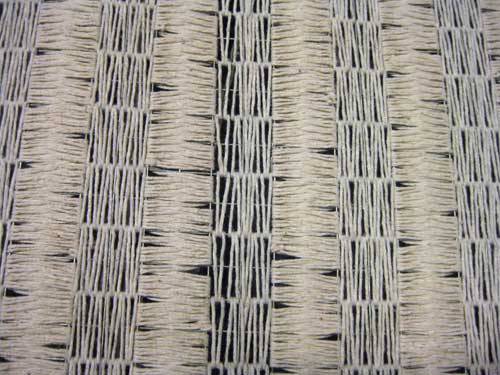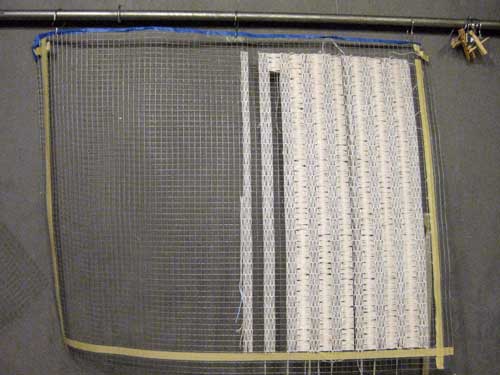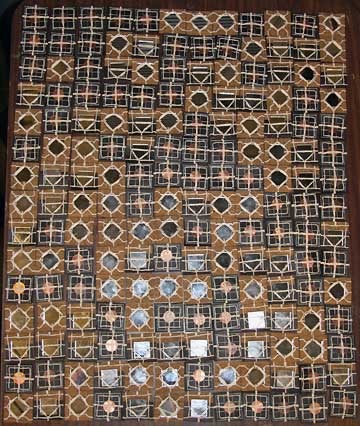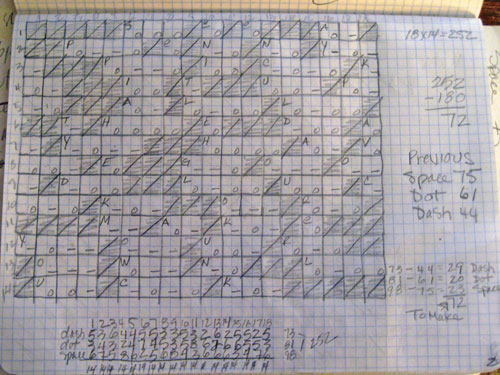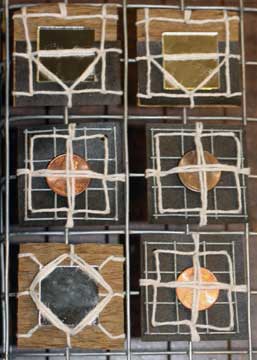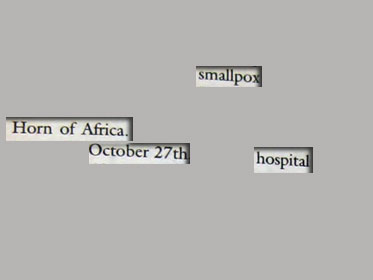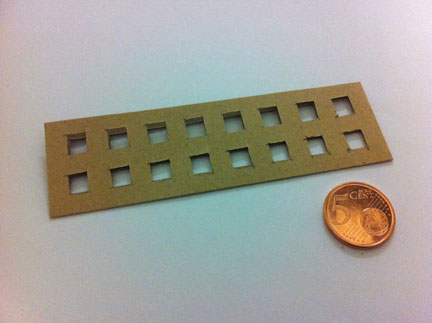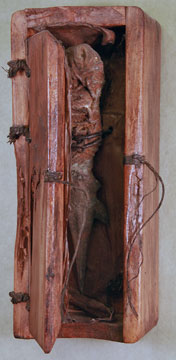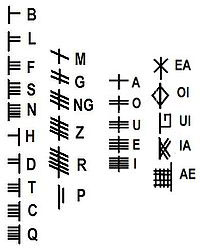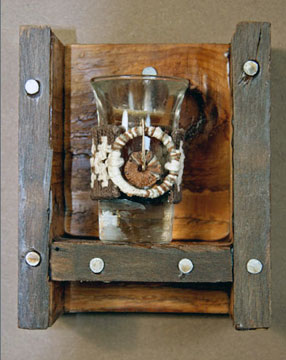One of my works in progress is two pieces of 1/2″ hardware cloth, in code the embroidered phrase, “My Past Reflected Back,” and the embroidered companion word, “haunted.” The pieces will be bound together. There will be 45 pieces of mirror bound onto the embroidered pieces. Additionally, some type of plant material will be used to function as a frame and to integrate the two embroidered pieces.
A component of my past work was cultural myths and superstitions. When I was making my Avian Headboxes I read, Cultural Aspects of Trees: Traditions and Myths written by Kim D. Coder. I reread the article today and am leaning toward using Birch, which has a reference to wisdom. The idea of wisdom would be a good option for learning from the past, but not allowing it to control you.
I decided to google “birch cultural myths” to see what else has been written. Here is some of what I found at Trees for Life–
“…in early Celtic mythology, the birch came to symbolise renewal and purification.”
“Bundles of birch twigs were used to drive out the spirits of the old year.”
I like the idea of renewal in reference to the past. Again to not allow your past to have power and control over your current and future self.
These sites are consistent in stating that birch is used to prevent evil spirits from entering and also used to drive evil spirits out.
Birch Trees: Myths and Superstitions
Tree Wisdom – Birch
This could be reference to forgiving yourself and to letting go of negativity.
So, I am leaning toward Birch, but have not yet ruled out Apple. I like the reference to knowledge with Apple.
One gains knowledge from the past.
The red color of the bark of both Birch and Apple would be a nice addition with the grey and cream wool used for the embroidery.
Since a component of my work is the illusion of artifact, past life; I will need to find a way to age the piece when completed. Wool is great in many ways, but I cannot wax it or torch it like I do with other fibers. Salt has been an interesting material to use, but I have found that a salted surface can change over time. I have been considering using plaster and concrete.
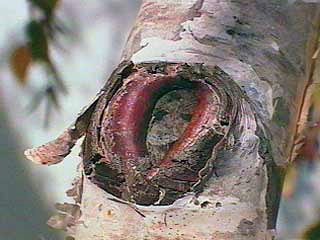
I briefly mentioned wishing trees in the But is it art? post.
Additional information on sources–
Kim D. Coder, Ph.D.
Professor
Community Forestry and Tree Health
University of Georgia
Warnell School of Forestry & Natural Resources
Trees for Life is the only organisation specifically dedicated to restoring the Caledonian Forest to a target area of 1000 sq miles in the Scottish Highlands.
Additional Reads
Trees in mythology
African Creation Myths
Tree worship
Tree of the knowledge of good and evil

